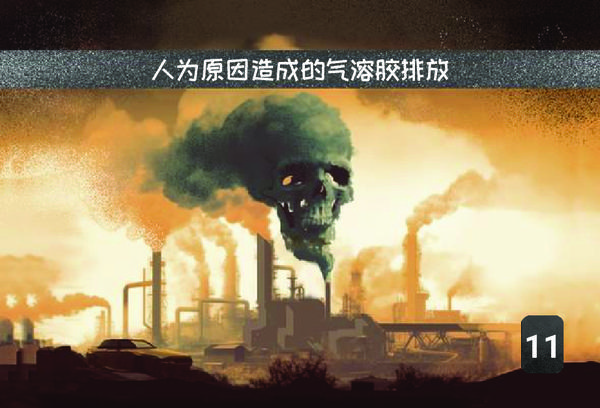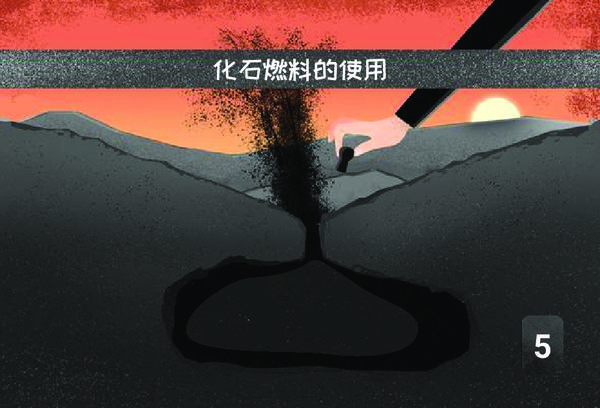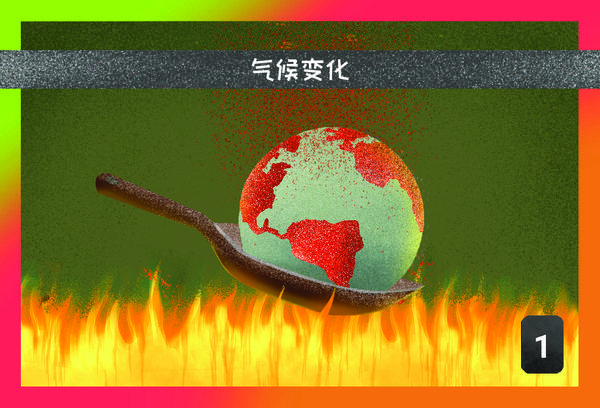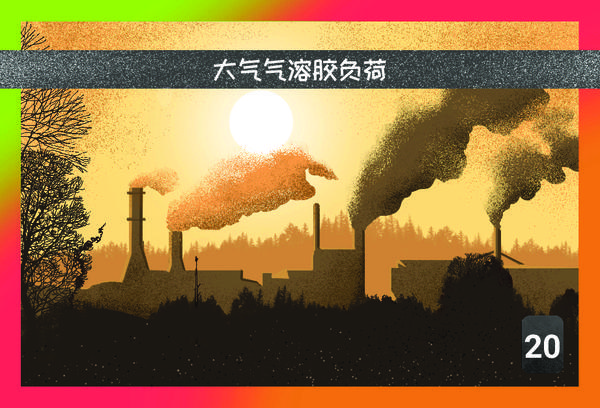11 - Anthropogenic aerosol emissions

✏️ This explanation does not yet exist in your language… Just click here or send an email to fdn.memo@marc-antoinea.fr and suggest your translation!
Aerosols (solid or liquid particles suspended in the air) have natural or human causes. Examples of natural causes: volcanic eruptions, pollen, sandstorms. Examples of human causes: industrial activities / combustion of fossil fuels, transport (diesel, tire wear and brakes), agriculture. Aerosols are bad for your health and are part of what we call “fine particles”.
1Cause
2Consequences
Some aerosols have a cooling effect, and others a warming effect (depending on their composition, their altitudes, and even the seasons), but overall, the radiative forcing of aerosols is negative and therefore has a cooling effect. In fact, aerosols will (1) reflect the sun's rays directly and (2) contribute to the formation of clouds which will also reflect the sun's rays.
2Other possible causes
Agriculture is responsible for ammonia emissions, via fertilizer use and livestock. Ammonia then plays a role in the formation of aerosols.
Concerning transport, there are emissions of aerosols through the wear of the braking systems. For the use of buildings, a major source of aerosol emissions is wood heating, especially with low-efficiency fireplaces.






